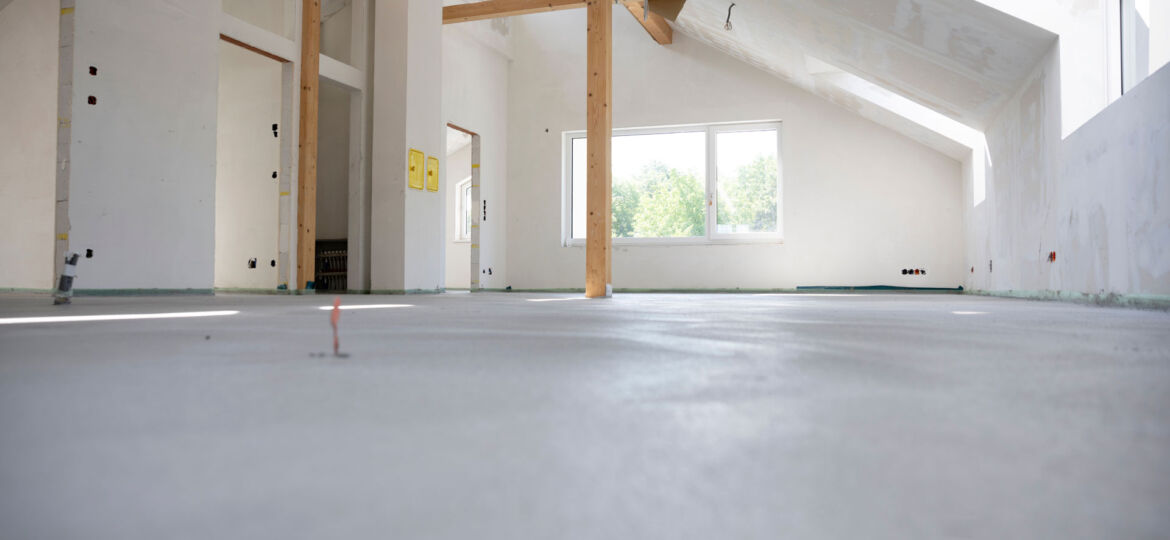
Concrete is more than a simple blend of cement, water, and aggregate. It’s a warm dance of chemistry, with heat at its core. This is not mere drying – it’s a chemical reaction where water molecules bond with cement compounds in a process known as hydration. As this bonding occurs, it releases energy in the form of heat – an exothermic reaction that’s both fascinating and challenging.
The Temperature Tango
According to the Portland Cement Association, every 100 pounds of cement raises the curing temperature by 10 to 15 degrees Fahrenheit. The optimal curing range is 50 to 90 degrees Fahrenheit, a sweet spot where concrete reaches its perfect balance of strength and cure time. This thermal dance, however, requires precise control. In cold weather, concrete may need external heating or insulation. In hot weather, cooling measures like spraying water to generate evaporative cooling might be necessary. Even the concrete’s mixture, including the amount of aggregate, sand, or cement, can affect its temperature during the pour, leading to different curing behaviors.
Concrete Temperature Control Challenges
Controlling the temperature during the concrete curing process is vital for these reasons:
- Excessive heat may cause rapid drying, leading to surface cracks
- Improper temperature control can weaken the concrete’s final integrity, risking its longevity and stability
- Uncontrolled curing can lead to discoloration or uneven textures, compromising the visual appeal.
In Folsom’s climate, these challenges demand expertise and care. That’s why it’s important for highly trained concrete finishers to monitor the development of concrete foundations.
Epoxy Coatings Defend and Beautify
With the hard work and investment poured into crafting the perfect concrete slab, protection becomes paramount. Epoxy coatings are here to be the suit of armor for your concrete. West Coast Epoxy offers custom epoxy solutions tailored to Folsom’s environmental conditions.
Protection Against the Elements – epoxy coatings defend your concrete against excessive heat or cold. They prevent abrasions, chips, and stains, preserving the quality of your floor.
Enhanced Appearance – epoxy isn’t just about protection; it adds life and color to your concrete. With customizable designs and polishes, your floor can reflect your style and taste.
Additional Features – from coved flooring to non-slip finishes, epoxy coatings offer options that extend beyond aesthetics. They are an investment in the longevity and value of your home or business.
The Art and Science of Concrete
Concrete installation is both an art and a science. It involves hydration, exothermic reactions, and time to set in place, but it doesn’t stop there. If you want your concrete to last, the final touch of epoxy coatings is vital to create a protected, durable surface. It’s an entire process that requires patience, expertise, and a profound understanding of materials. For concrete floors in Folsom and other areas, West Coast Epoxy stands as a symbol of quality and innovation. With our experience in sealing properly cured concrete floors with customized epoxy coatings, we transform the ordinary into lasting masterpieces. Explore our gallery of finished projects, and then schedule a free onsite consultation using our online form. If you have any questions about epoxy coatings and concrete, we are happy to answer them or make an appointment over the phone. Let West Coast Epoxy help you understand the heat of concrete and the role of epoxy coatings in Folsom!

